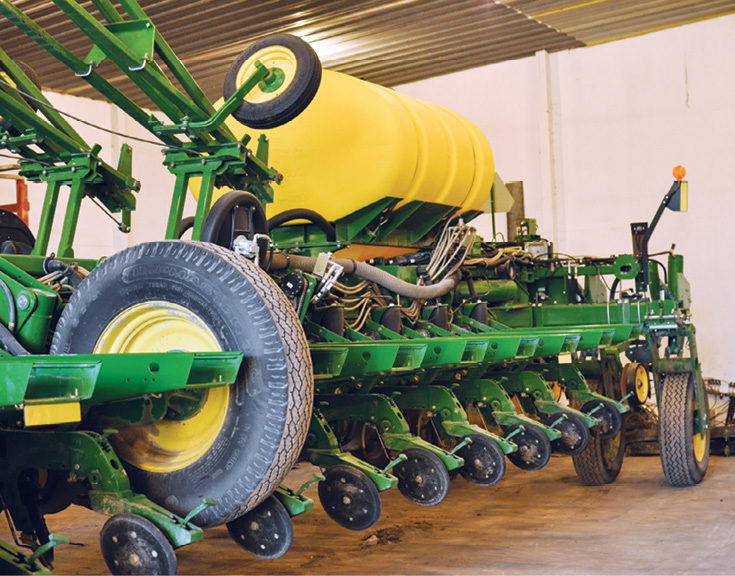No-Till Farmer
Get full access NOW to the most comprehensive, powerful and easy-to-use online resource for no-tillage practices. Just one good idea will pay for your subscription hundreds of times over.

Just south of Omaha, on 33 acres of flat river-bottom ground in Sarpy County, Mike Scholting is hitting nearly 300-bushel corn yields.
A frequent name on the winners’ list of the National Corn Growers Association’s yield contest, Scholting was the first-place national winner of the 2011 Class A No-Till/Strip-Till Non-Irrigated division with a yield of 293.59 bushels. Scholting says his personal best is 298 bushels per acre.
The majority of his fields don’t benefit from the sandy-loam soils and nice water table as his contest acres, but combining no-till with what he learns from his contest ground helps him improve yields and profits on his entire farm.
The biggest yield-limiting factor Scholting faces is a lack of rainfall.

“If we get the rain, 200- or 220-bushel corn isn’t a problem,” Scholting says. “We just don’t get the rain that we need all the time. Twenty percent of the time we get what we want, about 30% of the time we get what we need, and 50% of the time we’re just on the short side.”
Of the 2,900 acres of corn and soybeans Scholting no-tills, 95% of them are on terraced, rolling ground in Louisville, Neb., primarily consisting of Kennebec clay-loam soils. He sometimes faces tight soils on his sidehills with the lack of moisture.
Fortunately, no-till helps preserve the moisture Scholting’s fields do receive. He gave up conventional tillage in the late 1980s and saw a yield bump in transitioning to no-till. It also helps keep…